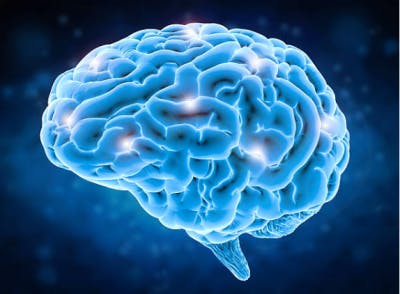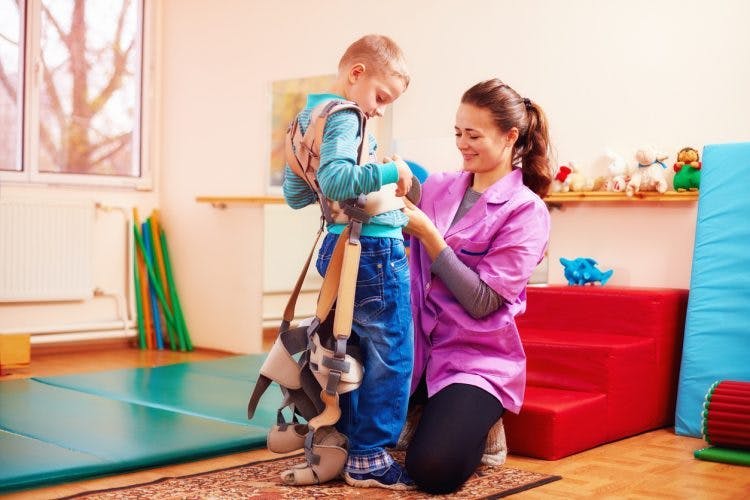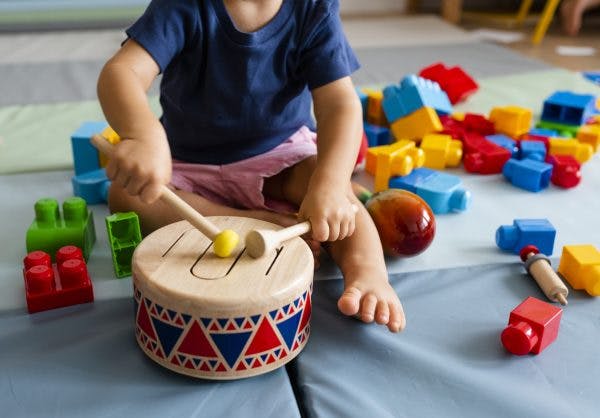Wondering if your child can benefit from spider therapy for cerebral palsy?
Don’t worry, spider therapy doesn’t have anything to do with actual spiders. It’s called spider therapy because it involves being attached to a web of bungee cords. It is also a convenient abbreviation for the therapy’s full name: Strengthening Program for Intensive Developmental Exercises and activities for Reaching health capability.
This article will explain what spider therapy is and how it can help children with cerebral palsy improve motor function.
What is Spider Therapy for Cerebral Palsy?
Spider therapy is an active form of treatment used in both physical and occupational therapy for cerebral palsy. It involves placing the child in the middle of a universal exercise unit while they wear a belt or suit that attaches to multiple elastic bungee cords of varying resistance levels.
This helps isolate muscle movements so that you can work on strengthening underused muscles. The bungee cords provide extremely dynamic support that allows children who would generally be unable to stand without significant assistance to practice exercises while standing without worrying about falling or getting hurt.
Therapists can control how much weight your child bears as their motor control improves by adjusting the bungee cords. Because the bungee cords attach from all different directions to keep your child upright, spider therapy substitutes for the hands of up to 3 therapists!
A physical or occupational therapist will guide your child through various muscle strengthening and weight-shifting exercises to promote active movement.
Spider therapy can help children with cerebral palsy practice:
- Standing
- Sitting
- Balancing when changing positions
- Jumping
- Walking
- Proper posture
Check out the videos below to see spider therapy in action!
Benefits of Spider Therapy for Cerebral Palsy
Physical and occupational therapists will assess your child’s functional abilities and determine if spider therapy is ideal for them. Generally, spider therapy is very intensive. Sessions last multiple hours and meet several times a week.
Spider therapy for cerebral palsy can:
- Strengthen muscles to prevent muscle atrophy and support movement
- Expand joint range of motion
- Improve balance and coordination
- Improve flexibility and lengthen muscles to reduce spasticity
- Promote developmental milestones like independent standing and walking
- Promote independence and overall improved physical image
- Be adjusted to help your child improve motor control at any level
- Boost confidence
- Encourage your child to experiment with their movements
- Promote independence as they don’t have to rely on another person to hold them up
Wearing the Optional Advanced Spider Suit
Spider therapy can also involve wearing an advanced spider suit. An advanced spider suit will incorporate orthotics into the therapy to promote proper form and combat high muscle tone. Generally, the suit consists of a vest, shorts, knee pads, and shoes. It helps ensure that the body is in proper alignment as your child practices their movements.
Why Spider Therapy for Cerebral Palsy Works

So what makes spider therapy effective for children with cerebral palsy?
Neuroplasticity is the brain’s ability to adapt and rewire itself. When you consistently repeat a movement, the brain senses a demand for that function. As a result, it will rewire itself and strengthen targeted neural pathways so that each time you perform the movement, it becomes easier and more natural.
Children’s brains have greater levels of plasticity than adult brains, which makes it easier for them to learn new movements to replace their motor impairments. The younger the child is, the less likely it is that they will have developed strong, difficult-to-break improper movement habits. Early intervention promotes greater capability for new motor learning.
Spider therapy is ideal for children with cerebral palsy because it’s new, fun, and challenging. When you perform an activity for the first time, a whole new set of neural pathways is activated. When an activity is fun and challenging, you tend to be able to repeat it for a longer duration without losing interest. Spider therapy also involves the entire body, which makes it a more holistic and engaging treatment method.
Therefore, spider therapy encourages your child to perform lots of repetitions, which is essential for training the brain to adapt.
Spider Therapy for Cerebral Palsy: Key Points
Spider therapy for cerebral palsy is a safe form of rehabilitation that allows your child to practice moving around freely without fear of falling.
It helps correct posture and muscle imbalances by improving muscle strength, flexibility, and balance. Ultimately, it promotes movement by keeping your child engaged.
Hopefully, this article helped you better understand what spider therapy is and how it can help improve motor function in children with cerebral palsy.











